Athens is a city that dazzles with its vibrant energy and ancient wonders, but there’s something undeniably thrilling about venturing beyond its borders to uncover the treasures that lie beyond it. Just a short drive from the bustling streets of the capital lies the Peloponnese, a region steeped in myth, history, and natural beauty. A day trip from Athens to Mycenae, Corinth, and Epidaurus is an immersion into the very heart of ancient Greece. Whether you’re a history buff, a lover of architecture, or simply someone who enjoys stunning landscapes, this route offers something unforgettable.
Starting Your Journey: Athens to Corinth
The first stop on your Peloponnesian adventure is Corinth, just an hour and a half drive from Athens. The route from Athens to Corinth is a scenic one, with the Saronic Gulf glistening to your left and rolling hills to your right. As you approach Corinth, the imposing Acrocorinth—a fortress perched high on a rocky hill—comes into view, a reminder of the region’s strategic importance throughout history.
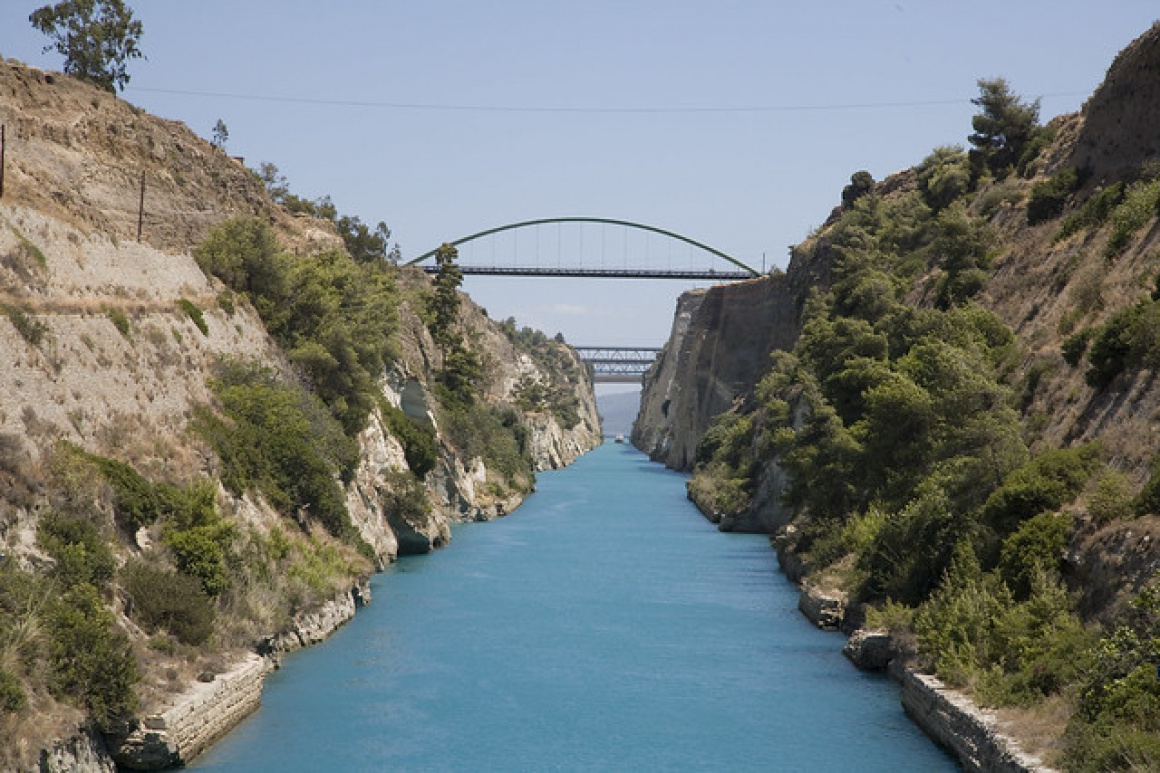
 'Corinth Canal' - Attribution: TheTerraMarProject
'Corinth Canal' - Attribution: TheTerraMarProjectAncient Corinth, once a thriving city-state, is a treasure trove of archaeological wonders. The Temple of Apollo, with its sturdy Doric columns, stands as a testament to the city’s former glory. Don’t miss the Archaeological Museum of Corinth, where artefacts like intricate mosaics and statues bring the past to life. A lesser-known gem is the Peirene Fountain, an ancient water source that was once the heart of the city’s social life. Legend has it that Pegasus, the winged horse, was watered here by the hero Bellerophon.
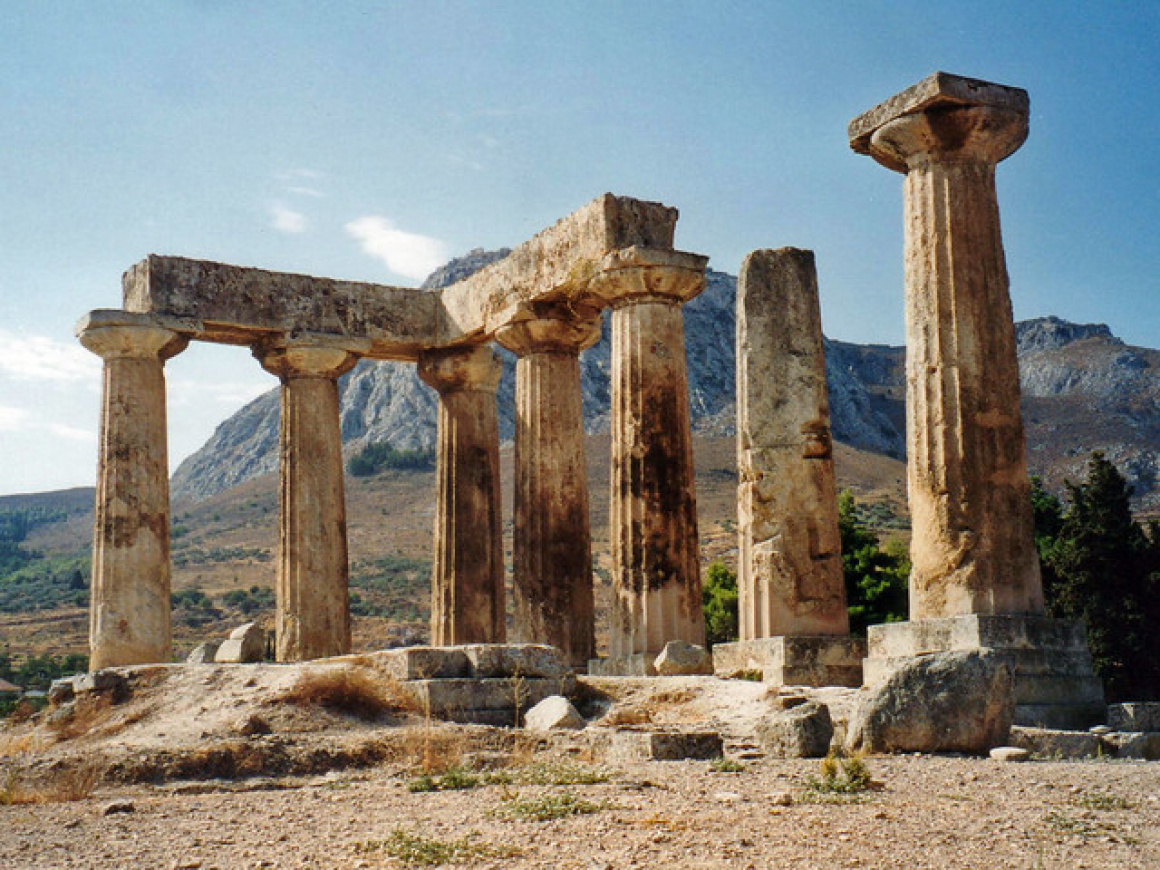
 'Temple of Apollo, Corinth' - Attribution: Alun Salt
'Temple of Apollo, Corinth' - Attribution: Alun SaltIf you’re driving, make a quick stop at the Corinth Canal on your way. This engineering marvel, carved through solid rock in the 19th century, connects the Gulf of Corinth with the Saronic Gulf. Standing on the pedestrian bridge, watching ships navigate the narrow passage, is a surreal experience. To make the most of your day, aim to leave Athens by 7:00 AM. This will give you plenty of time to explore Corinth before moving on to Mycenae.
From Corinth to Mycenae: A Journey into Myth
Next, head southwest towards Mycenae, a journey of about an hour. The drive from Athens to Mycenae takes you through olive groves and vineyards, with the Argolic Plain stretching out before you. Mycenae, the kingdom of the legendary Agamemnon, is a place where myth and history intertwine.
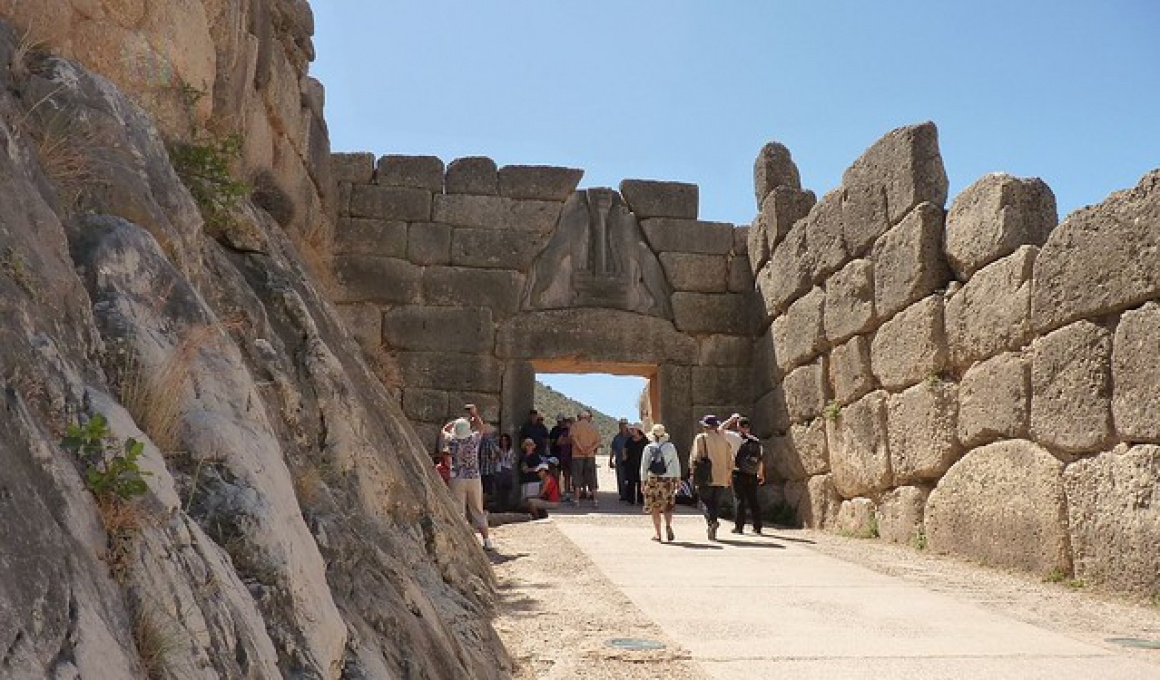
 'Mycenae' - Attribution: Ronny Siegel
'Mycenae' - Attribution: Ronny SiegelAs you approach the archaeological site, the imposing Lion Gate—the oldest monumental sculpture in Europe—welcomes you. Walking through the citadel, you’ll encounter the Royal Tombs, the Cyclopean Walls (so named because ancient Greeks believed only giants could have built them), and the Treasury of Atreus, a beehive-shaped tomb that’s a marvel of ancient engineering.
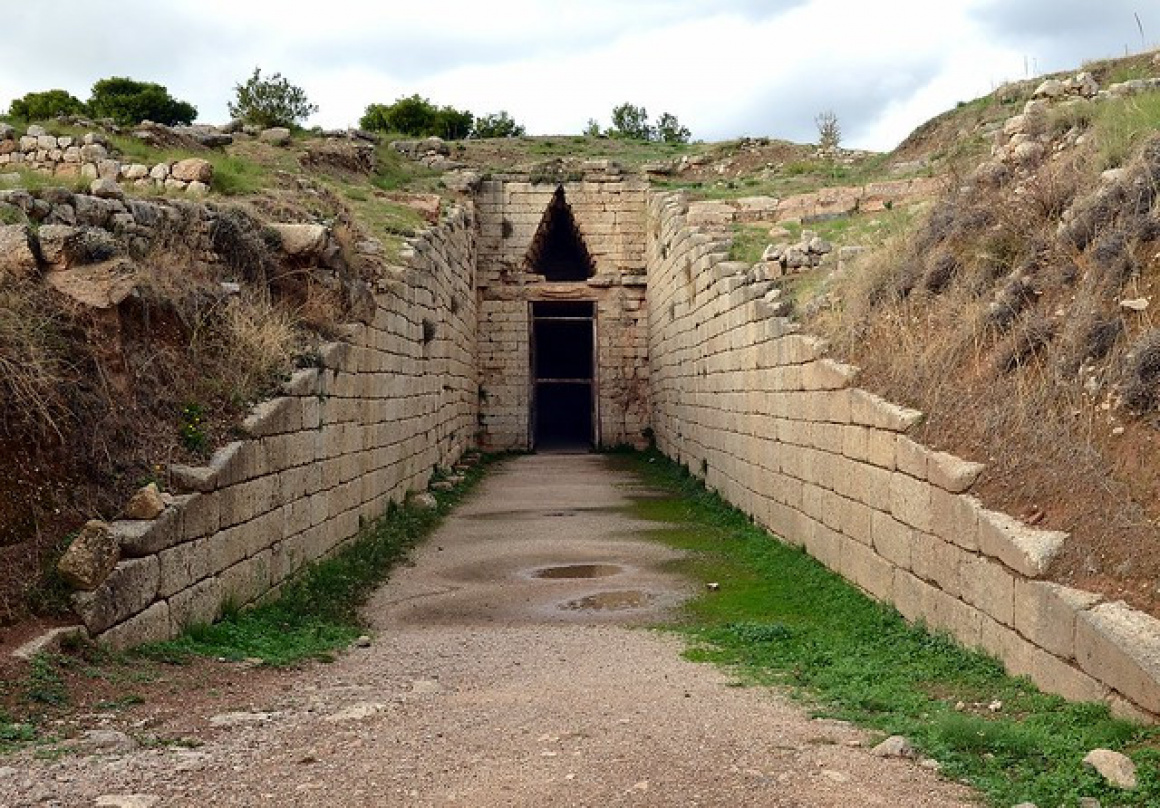
 'Mycenae - Beehive tomb' - Attribution: Jason M Ramos
'Mycenae - Beehive tomb' - Attribution: Jason M RamosTo avoid the crowds and experience the site in a more intimate way, visit early in the morning or late in the afternoon. The golden light of the setting sun bathes the ruins in a magical glow, making it easy to imagine the grandeur of Mycenae in its heyday. If you’re feeling peckish, consider stopping for lunch in Nafplio, a charming town near Mycenae. Its waterfront tavernas serve fresh seafood and traditional Greek dishes, offering a perfect midday break.
Epidaurus: The Crown Jewel of the Peloponnese
Your final stop is Epidaurus, about 40 minutes from Mycenae. This UNESCO World Heritage Site is home to the best-preserved ancient theatre in Greece, renowned for its incredible acoustics. Even today, performances are held here during the Epidaurus Festival, and sitting in the upper tiers, you can hear a whisper from the stage with perfect clarity.
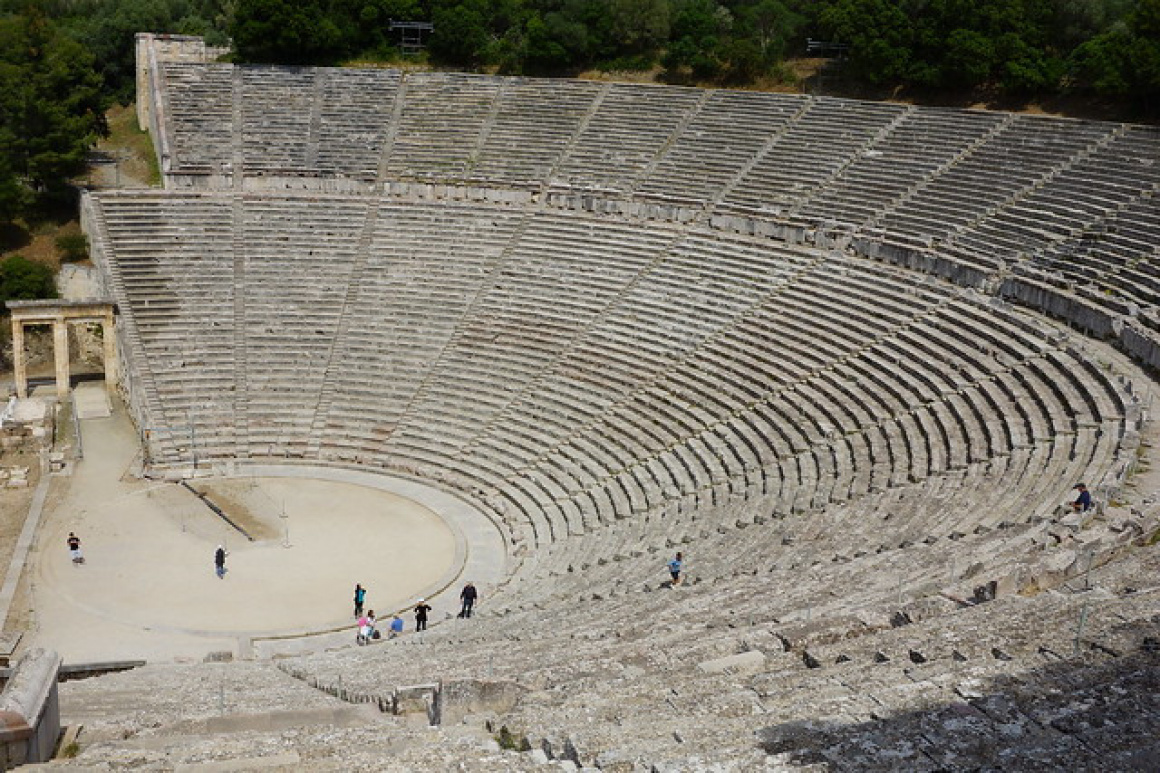
 'Epidaurus' - Attribution: jjmusgrove
'Epidaurus' - Attribution: jjmusgroveBut Epidaurus is more than just a theatre. It was once a healing sanctuary dedicated to Asclepius, the god of medicine. Wander through the ruins of the Asclepeion, where ancient Greeks sought cures for their ailments, and visit the on-site museum to see artefacts like surgical tools and votive offerings.
A little-known fact: The surrounding landscape is just as enchanting as the ruins. Take a moment to stroll through the pine forests and olive groves that frame the site—it’s the perfect way to end your day. After exploring Epidaurus, you’ll drive back to Athens, which takes about 2 hours. If you leave Epidaurus by 6:00 PM, you’ll be back in Athens by 8:00 PM, just in time for dinner.
Potential Drawbacks to Making It a Day Trip
While it’s entirely possible to visit all three sites in one day, there are a few potential drawbacks to consider. First, the itinerary is packed, and if you prefer a leisurely pace or want to explore every detail of each site, you might find it a bit rushed. Second, during peak tourist season (July-August), crowds and heat can slow you down, so adjust your timing accordingly. Finally, if you’re relying on public transport, the logistics can be tricky, and you may not have enough time to see everything. Renting a car is the most efficient way to do this trip, as it gives you the flexibility to explore at your own pace.
Why This Day Trip is Unmissable
A day trip from Athens to the Peloponnese highlights of Mycenae, Corinth, and Epidaurus is a journey that encapsulates the essence of ancient Greece. In just one day, you’ll walk in the footsteps of mythical kings, marvel at the engineering feats of antiquity, and stand in awe of architectural masterpieces that have stood the test of time.
From the legendary Lion Gate of Mycenae to the awe-inspiring acoustics of Epidaurus’ theatre, and the bustling ruins of ancient Corinth, each site offers a unique window into the past. This trip invites you to immerse yourself in history, forging a deep connection with the stories, myths, and innovations that laid the foundations of Western civilisation. For anyone visiting Athens, this day trip is a chance to step beyond the city and experience the rich tapestry of Greece’s heritage in a single, unforgettable adventure.
For more ideas on day trips from Athens, check out our guide on what day trips you can take from Athens.
Safe travels—or as we say in Greek, kalo taxidi!

